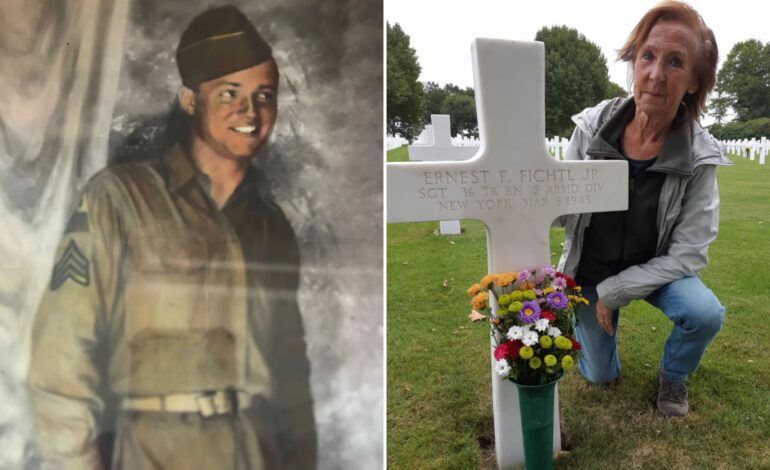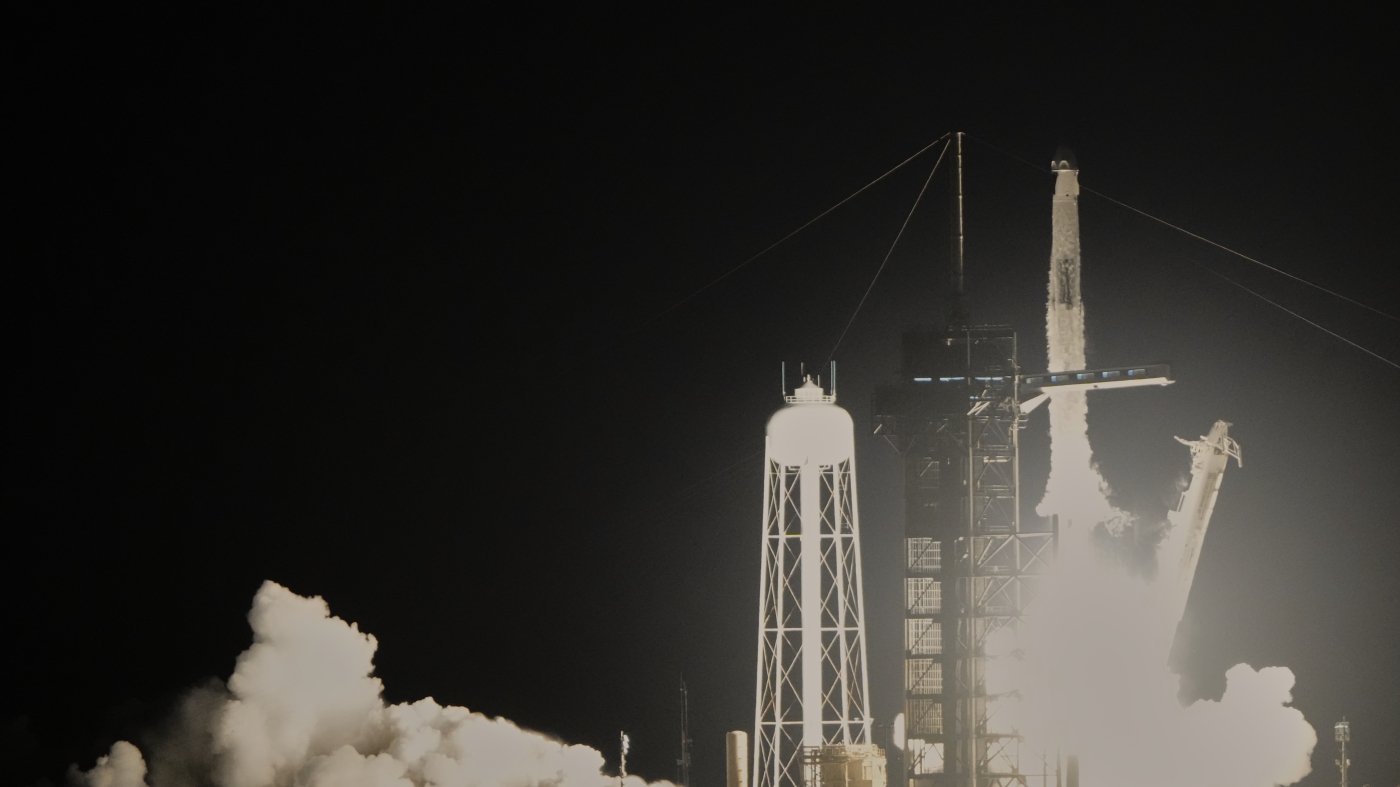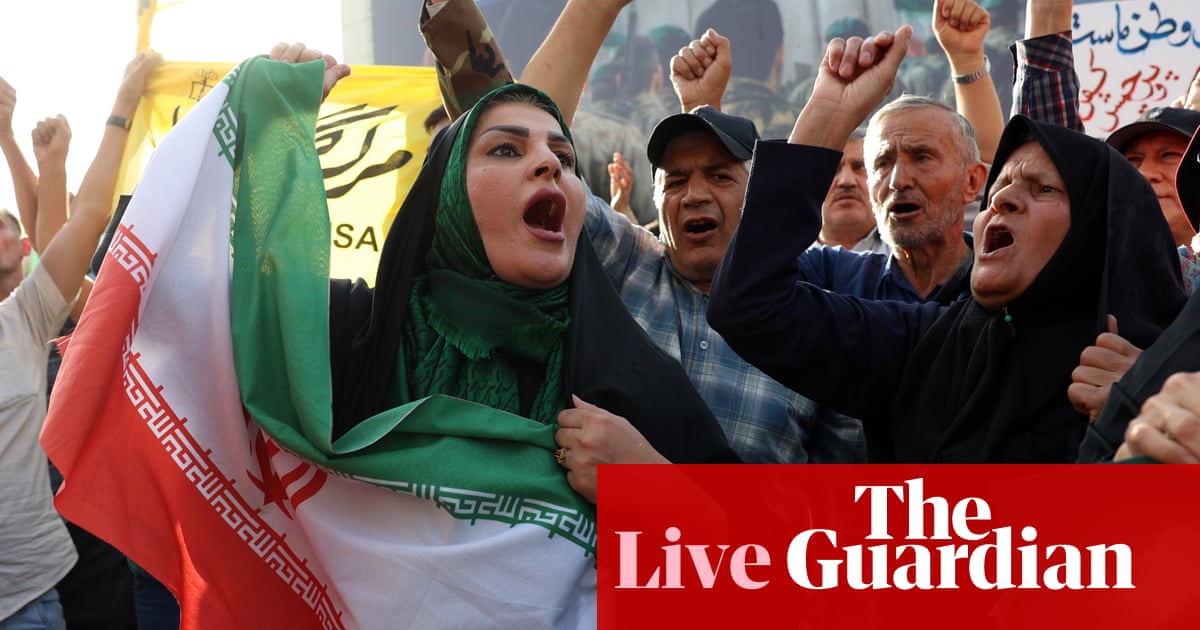Dutch Family Honors American Soldier’s Legacy for 80 Years

Three generations of the Steijns family in the Netherlands have cared for the grave of American soldier Ernest Francis Fichtl Jr. since the end of World War II. Fichtl, a tank commander from Queens, New York, was killed in one of the war’s bloodiest battles and is buried at the Netherlands American Cemetery and Memorial in Margraten. His family in the United States only recently discovered that his grave has been lovingly tended by a dedicated local family for decades.
Since 1945, residents of Margraten have participated in a unique program allowing them to “adopt” the graves of the more than 8,000 American soldiers who died during the European conflict. This act not only honors the fallen but also fosters a deep connection between the local community and the memories of those who sacrificed their lives.
Fichtl, affectionately known as “Junior,” was just 20 years old when he arrived in the Netherlands in 1944, four years after the Nazi occupation began. Alongside two comrades from the 36th Tank Battalion, 8th Armored Division, he was welcomed into the home of Adele Steijns and her family. “Although they stayed only a few months, they became all good friends and, at the time, part of the family,” said Cindy Schulteis-Janssen, Steijns’ granddaughter.
When the battalion was called to the front line in Rheinsberg, Germany, on March 5, 1945, emotions ran high. “There was a lot of loud crying,” Schulteis-Janssen recalled. The soldiers promised to keep in touch, but many never returned home. Over 130 members of Fichtl’s troop were killed in that fierce battle. News of the casualties reached Steijns’s family first, as her brothers worked at the American cemetery.
Fichtl’s parents, who operated a butcher shop in Little Neck, New York, faced a heartbreaking choice: to leave their son’s remains in the Netherlands. “They said, ‘We want our son to stay on the soil of the country where he died to provide the freedom that those people deserved,’” shared Fichtl’s cousin Ernest Bartol of Mineola, New York. Just two months later, on May 5, 1945, the Netherlands was liberated.
The Steijns family made it a tradition to honor the fallen soldiers annually. “Together with her children and grandchildren, my grandmother walked from the village to the beautiful American Cemetery several times each year,” Schulteis-Janssen said. After her grandmother passed away in 2005, her mother took over the care of the graves, and currently, Schulteis-Janssen continues this heartfelt legacy.
Last year, Bartol, who is named after his cousin, learned about the grave adoption program while planning a trip to the cemetery. He was astonished to discover that a family had been caring for Fichtl’s grave for all these years. “I said, ‘My God!’” Bartol recounted. “We were just amazed that something like this existed, that there was a family out there who had taken care of Junior for all these years. We can’t wait to meet them.”
The 79-year-old attorney plans to meet Schulteis-Janssen for the first time during his visit in May, accompanied by his cousin Claudia Delin Jensen, 70, who resides in Washington State. “Mom just idolized her big brother, and when she died in 2019, she called out for him,” Jensen said. She recalled how her mother wanted a photograph of Fichtl in uniform placed in her coffin.
The commitment to remembering these heroes extends beyond personal connections. The municipality of Eijsden-Margraten has also honored fallen soldiers by naming a local school after Major General Maurice Rose of Denver, Colorado. Rose, who commanded the Third Armored Division, died in action on March 30, 1945, and is buried in the same cemetery as Fichtl.
Local residents ensure that none of the American soldiers buried at Margraten will ever be forgotten. As one elderly resident remarked in a video on the cemetery’s website, “When I pass away, I told my daughter, ‘I want our soldier to stay in the family.’” This sentiment encapsulates the enduring legacy of love and honor that spans generations, bridging the gap between continents and commemorating the sacrifices made for freedom.






